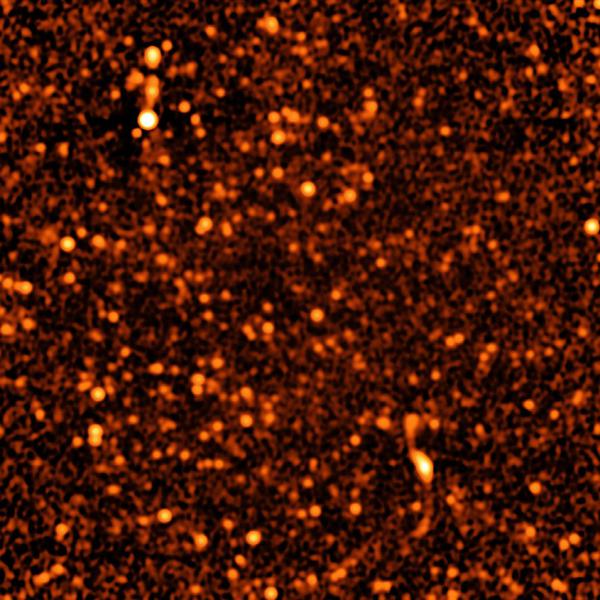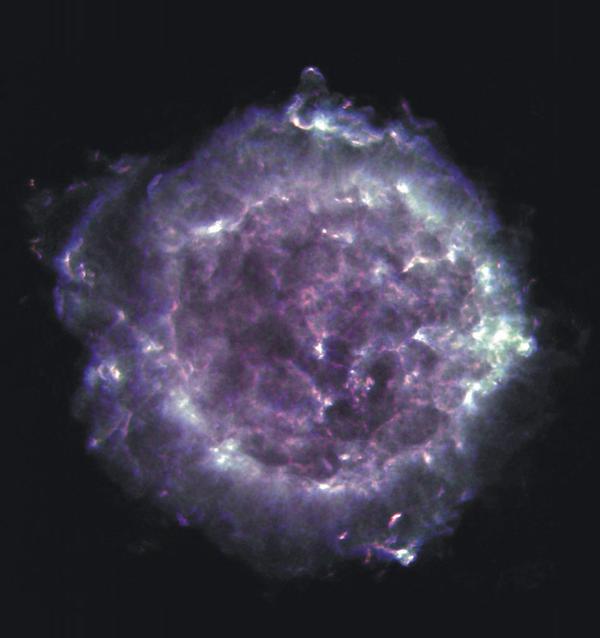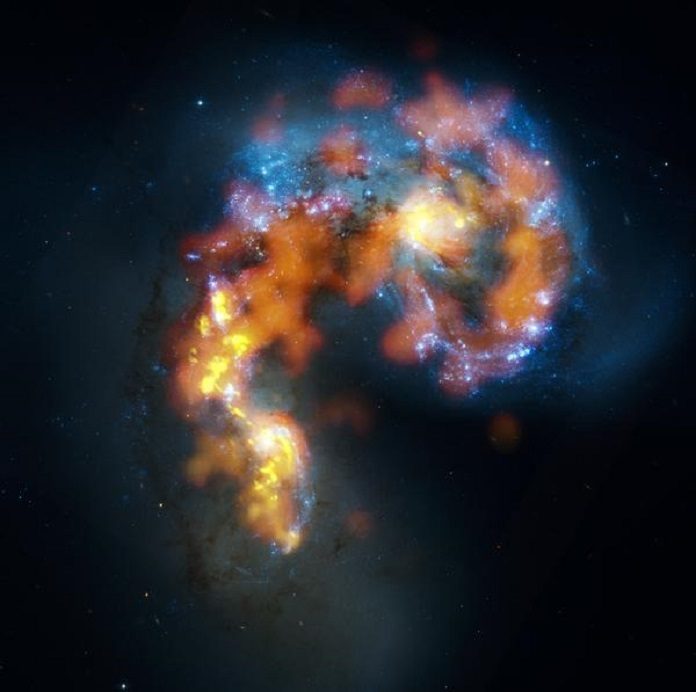Radio astronomy is a subfield of astronomy that aims to detect and study celestial objects invisible to optical instruments – i.e., objects that are extremely cold or very far away and don’t emit much visible light. These objects make up most of the matter that’s out in space: gases, regions blocked by cosmic dust, and objects billions of light-years away.
Radio astronomy is a highly promising field, but it comes with its fair share of hurdles. For instance, its instruments take up a huge amount of space. Radio signals are plentiful but often very weak; radio telescopes must have an extremely large collecting area to produce high-quality images. The larger the collecting area, the higher the system’s sensitivity and the better the image resolution.
Now, Some of the universe’s greatest mysteries could soon be resolved by the Square Kilometre Array (SKA), a massive radio telescope that will be built in South Africa and Australia.
With the EPFL, we have collaborated for the undertaking.

Jean-Paul Kneib, head of EPFL’s Laboratory of Astrophysics (LASTRO), said, “This will spawn a new era for our field. The SKA will give scientists unprecedented capabilities for studying the universe. While most telescopes, like the famous Hubble Space Telescope and the Very Large Telescope in Chile, use optical refraction and reflection, the SKA will capture radio waves.”
“It won’t be the first radio telescope – there’s the one at Arecibo in Puerto Rico, for example – but it will be the biggest by far. It will have 3,000 dishes and one million antennas, enabling it to provide images of unparalleled precision.”
Frédéric Courbin, a scientist at LASTRO said, “We hope the SKA will take us all the way back to the time when galaxies didn’t yet exist. In fact, the project aims to solve one of the greatest mysteries in astrophysics: why is the universe’s expansion accelerating? The SKA’s exceptional performance should pave the way for scientists to answer that question by letting them observe how the first galaxies were formed and how hydrogen is distributed. Hydrogen – one of the most abundant elements in the cosmos – cannot be seen with conventional optical telescopes but “shines bright” with radio waves.”

The SKA employs the interferometry method that combines the signals received at each antenna. That delivers images with the same resolution as could be obtained from a single dish with a diameter equal to the largest distance between any two of the antennas. The antennas will be located on two continents and some 3,000 km apart, resulting in a collecting surface of one square kilometer!
With that sort of surface area, researchers can gather a great measure of information. A radio would need to work for two million years to communicate a similar measure of information that the SKA can accumulate in a solitary day. In any case, handling such huge measures of data hurls another huge test for the venture group.
Corbin said, “Not only do we have to come up with the right programs for reading and sorting the enormous volume of data, but we also have to develop specific algorithms for astrophysics applications.”
Yves Wiaux, who leads the BASP group, said, “The SKA’s huge collecting area will let it capture extremely small, weak signals. However, the data we collect from its various antennas will be highly fragmented. So we need to develop a system that can not only process those signals rapidly but also piece them together.”
Sixteen nations are now engaged with the task, and it’s turning into a noteworthy global undertaking. So now it’s the ideal opportunity for Switzerland and its researchers to participate, contributing our significant aptitudes and learning – as we did when we turned out to be a piece of the European Southern Observatory (ESO) and the European Space Agency (ESA).
